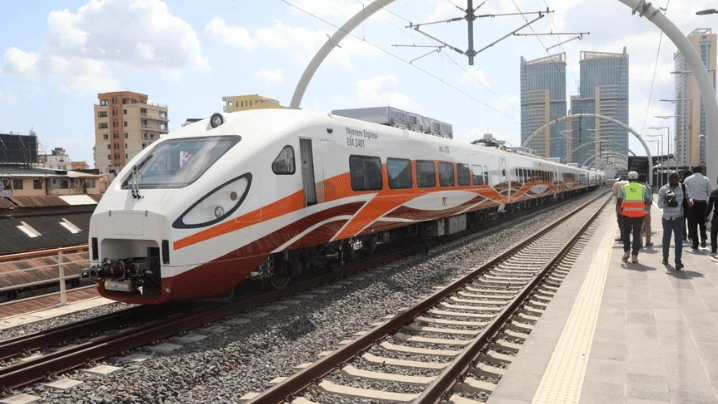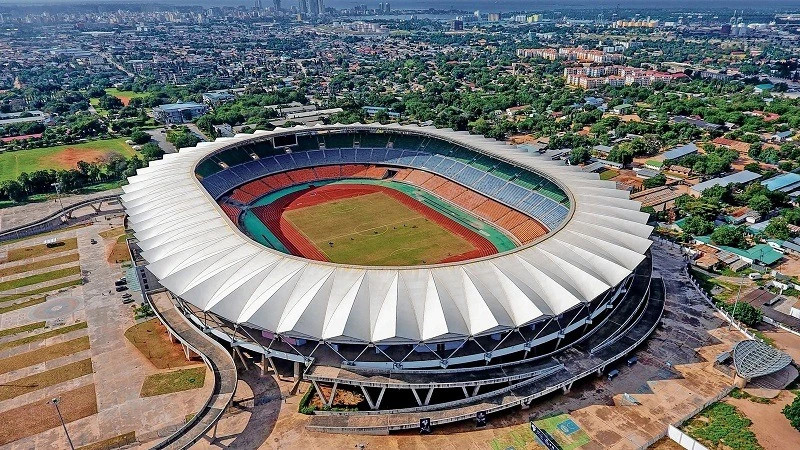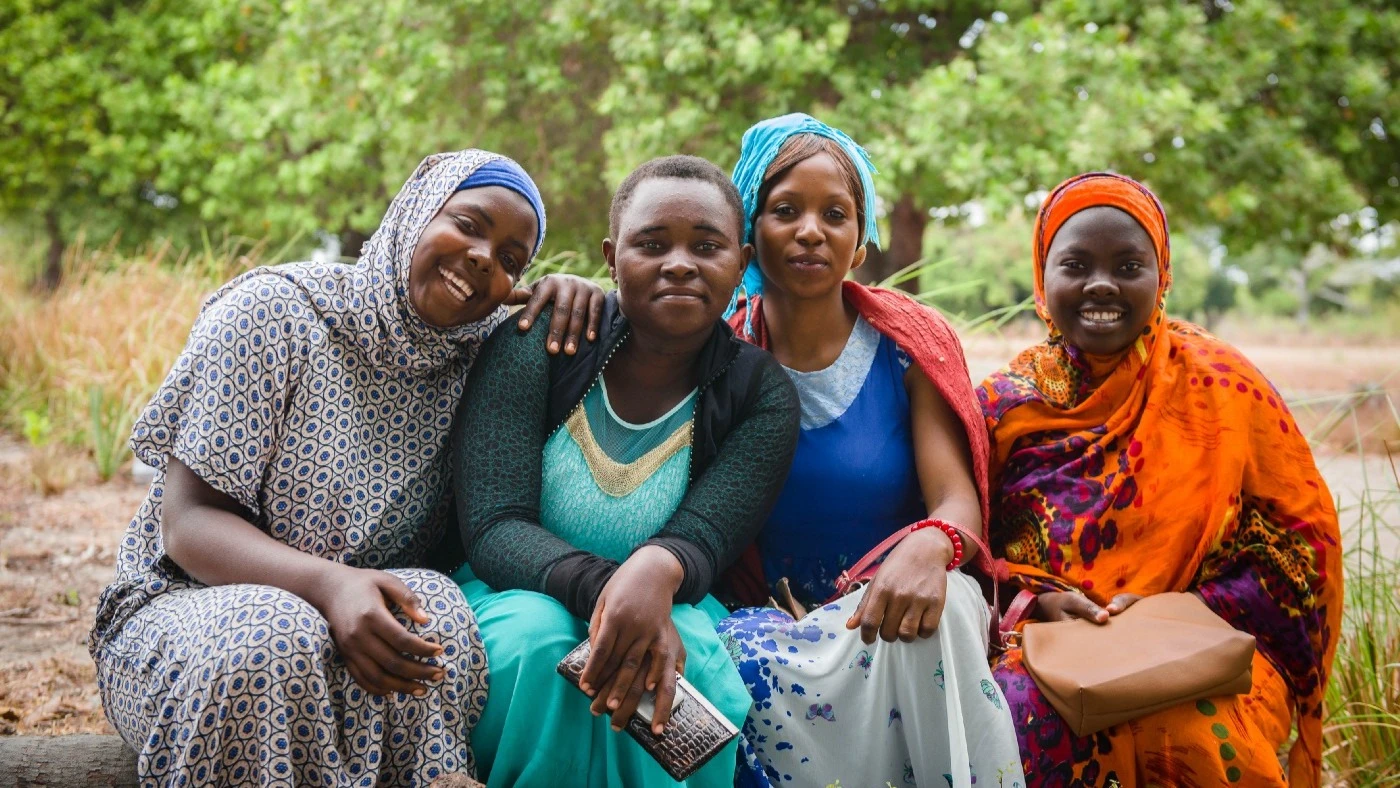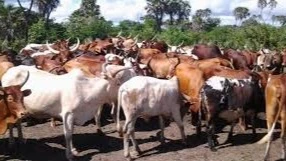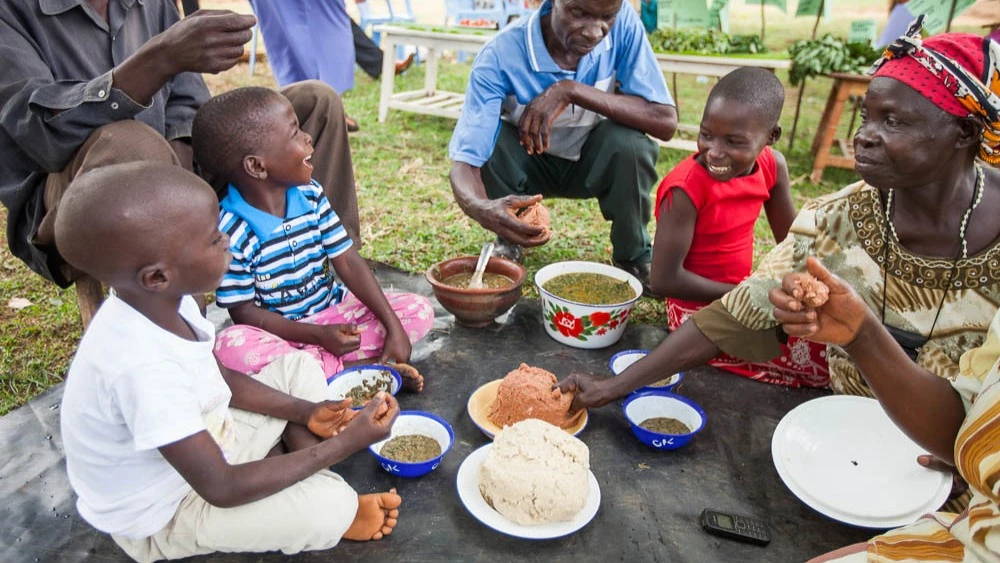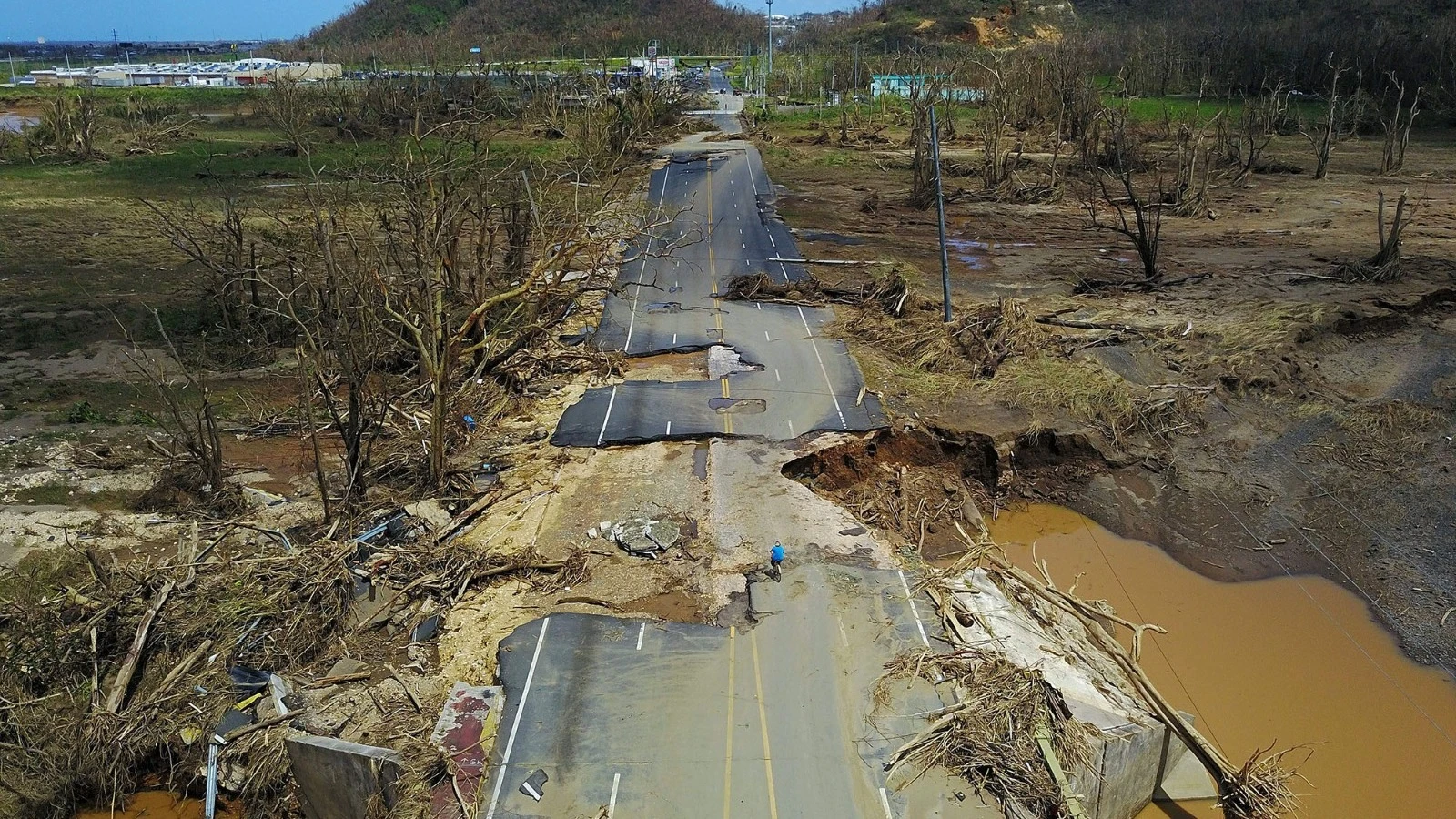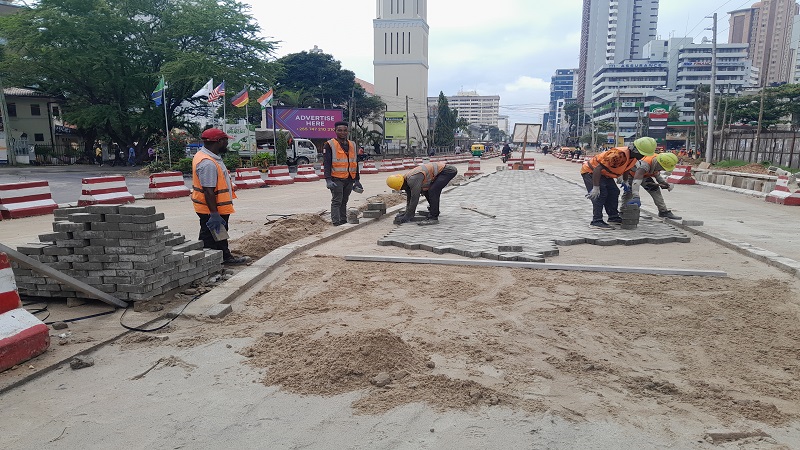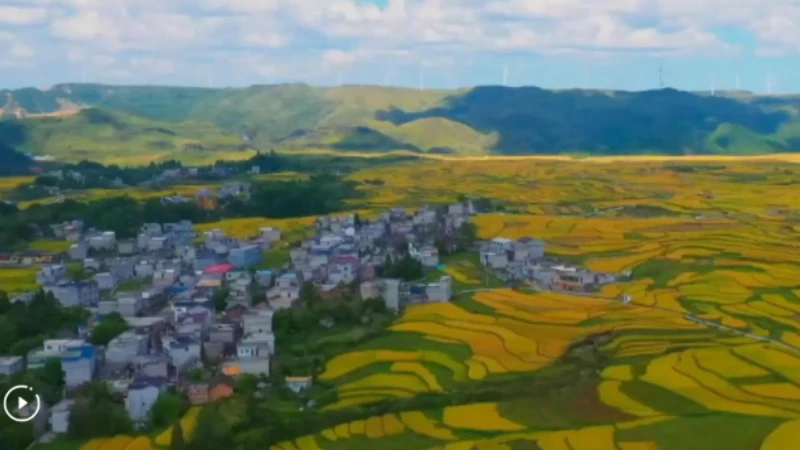Rice, maize and beans prices up in February

Consumers paid more for maize, rice, and beans in February, following a rise in wholesale prices, according to the latest report by the Ministry of Industry and Trade and the Bank of Tanzania (BoT).
The report indicates that wholesale prices for these key staples continued to increase from June 2024 through February 2025. Despite the price surge, the BoT assured that food supply remains sufficient, with the National Food Reserve Agency (NFRA) holding a stock of 619,659 tonnes as of February.
Data from the National Bureau of Statistics (NBS) shows that maize prices rose by 1.8 percent between January and February 2025. During the same period, the NFRA sold 26,821 tonnes of maize to local traders, the World Food Programme (WFP), and neighboring countries Malawi and Zambia.
Commenting on the trend, Professor Haji Semboja from the University of Dar es Salaam and the State University of Zanzibar attributed the rising prices of agricultural products to a declining rural workforce. He noted that many young people are migrating to urban areas in search of opportunities, leaving behind agricultural activities that could economically empower them.
“Many believe there are more opportunities in urban centers, instead of investing in agriculture, which remains a powerful tool for economic upliftment,” said Prof. Semboja during a special interview with The Guardian.
He also identified climate change as a key factor affecting crop production and stressed the need for modern agricultural strategies. Prof. Semboja urged farmers to adopt advanced farming tools and technologies to boost yields.
“Agriculture requires major investment and modernization to ensure abundant food supply, even in urban areas,” he emphasized. He added that rising prices present an opportunity for growth if farmers adopt commercial farming practices and embrace innovation.
According to the Ministry of Agriculture, between March 24 and 28 this year, national average retail prices per kilogram stood at 2,300/- for rice, 900/- for maize, and 2,700/- for beans. In Dar es Salaam, prices were higher, with rice at 3,000/-, maize at 1,100/-, and beans at 3,700/- per kilogram.
A ReliefWeb report noted that maize prices in Tanzania in February 2025 varied by region but were the lowest in East Africa at $289 per metric ton. Tanzania's maize production reached a record 11.7 million tonnes in the 2024/2025 season, making it the third-largest maize producer in Africa. The growth is largely credited to the government’s fertilizer subsidy programme, which increased fertilizer use from 360,000 to 840,000 tonnes annually.
Rice prices also rose between January and February 2025. In the 2024/2025 marketing year, rice production is projected at 3.81 million metric tons of paddy rice, equivalent to 2.51 million metric tons of milled rice—an increase of 26 percent over the previous year. This growth was driven by favorable rains, expanded irrigation, and government support.
The leading rice-producing regions in Tanzania include Morogoro, Mbeya, Pwani, Mwanza, Geita, Katavi, Simiyu, Ruvuma, Shinyanga, Kigoma, Kilimanjaro, and Rukwa. As the second most important food and commercial crop after maize, rice plays a critical role in rural employment, income generation, and food security.
Although bean prices showed a slight decline in several monitored markets between February 10–14 and February 17–21, 2025, there were regional variations, with some areas experiencing stable or slightly higher prices.
Top Headlines
© 2025 IPPMEDIA.COM. ALL RIGHTS RESERVED





